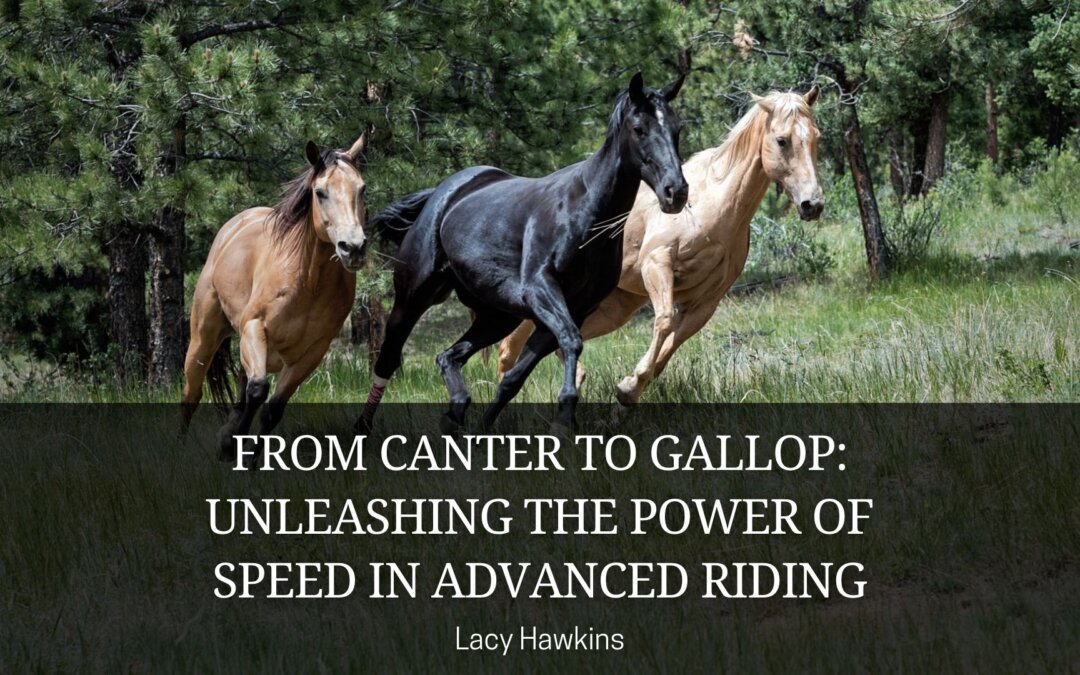Horseback riding has long been admired as a majestic and thrilling sport. As riders progress in their skills, they begin to explore the exhilarating world of speed. From the graceful canter to the thundering gallop, harnessing the power of speed takes both technique and understanding. Here we will explore the different ways riders can achieve speed while riding a horse, allowing them to experience the true power of these magnificent animals.
The canter, often described as a three-beat gait, is the first step towards achieving speed in horseback riding. It is a controlled and smooth gait that propels both the rider and the horse forward in harmony. To achieve the canter, the rider must establish a balanced seat and ask the horse for the transition through a series of aids, such as leg pressure and subtle shifts in weight. As the horse transitions into the canter, the rider should follow the horse’s motion, maintaining a relaxed yet engaged posture. With practice, the rider can refine their aids to control the speed and collection of the canter, unlocking its full potential.
Once the rider has mastered the canter, they can move on to the gallop, the fastest gait of a horse. The gallop is a four-beat gait characterized by a moment of suspension when all four hooves are off the ground. Achieving a controlled gallop requires a solid foundation in balance, coordination, and communication with the horse. It is crucial for the rider to maintain a secure position and distribute their weight evenly to ensure the horse’s stability and maneuverability. As the horse gallops, the rider must synchronize their body movements with the horse’s strides, staying light in the saddle and allowing the horse’s natural impulsion to carry them forward.
To unleash the true power of speed, advanced riders must also understand the importance of rhythm and impulsion. Rhythm refers to the regularity and cadence of the horse’s strides, while impulsion refers to the energy and forward momentum generated by the horse’s hindquarters. By establishing a steady rhythm and encouraging impulsion through the appropriate use of aids, riders can tap into the horse’s innate athleticism and maximize their speed potential. However, it is crucial to maintain control and balance throughout, ensuring the safety and well-being of both horse and rider.
Lastly, it is worth noting that achieving speed in advanced horseback riding requires a strong foundation of basic riding skills. Riders must focus on developing a secure seat, effective communication with their horse, and a deep understanding of equine behavior. Regular practice, guided by experienced instructors, can help riders refine their techniques and progress towards more advanced maneuvers.
In conclusion, the journey from a gentle canter to an exhilarating gallop is a thrilling adventure for any horseback rider. By honing their skills, maintaining balance, and understanding the importance of rhythm and impulsion, riders can unleash the true power of speed in their equestrian pursuits. So, whether you aspire to compete in equestrian sports, explore the great outdoors on horseback, or simply enjoy the exhilaration of speed, remember that it is a journey of growth and continuous learning.
